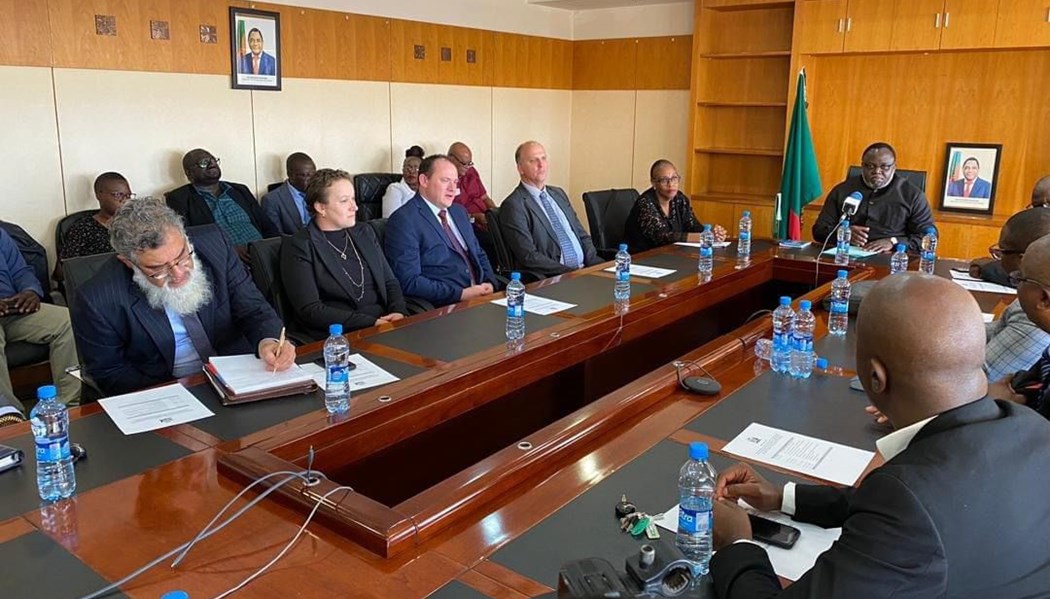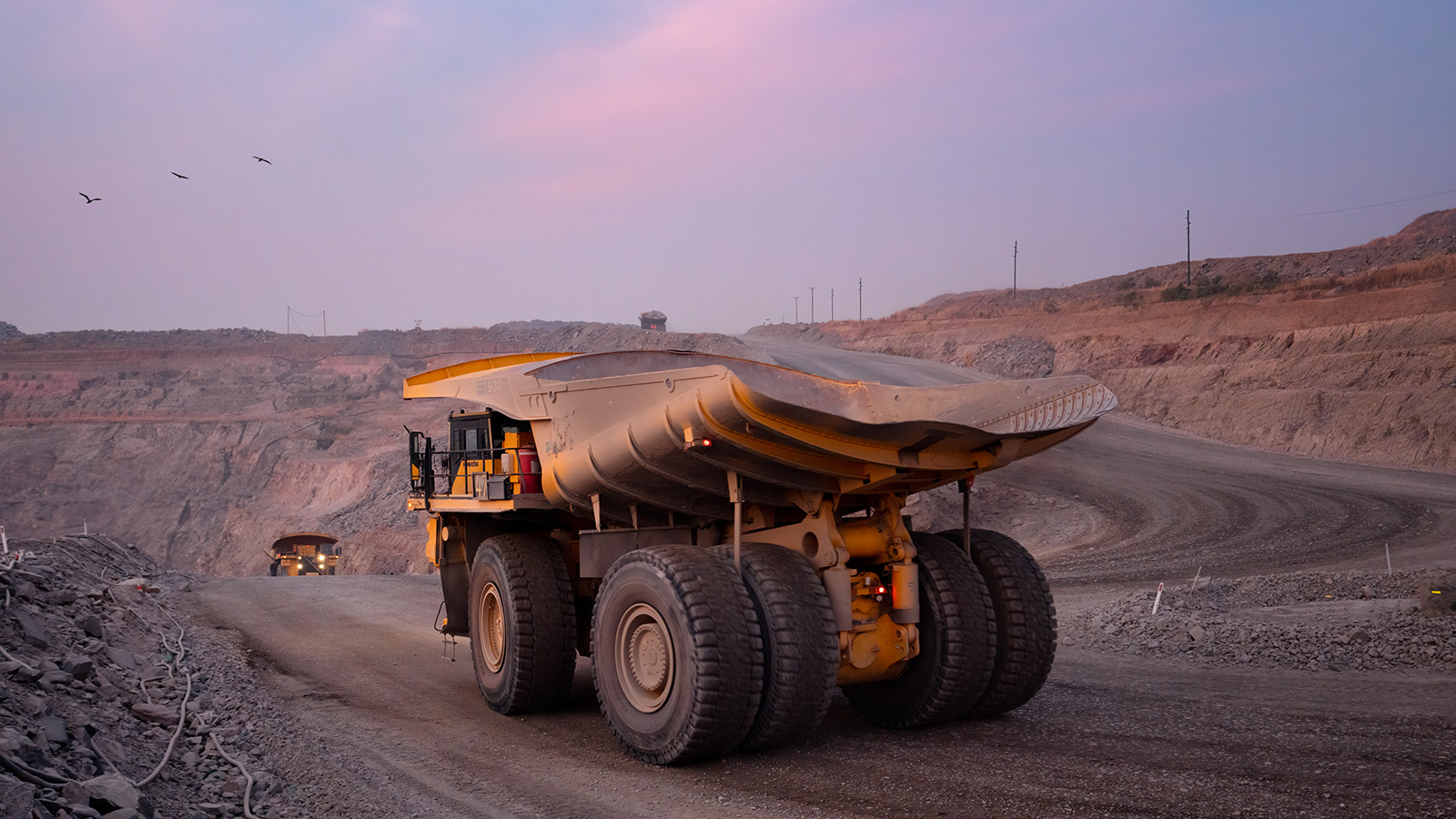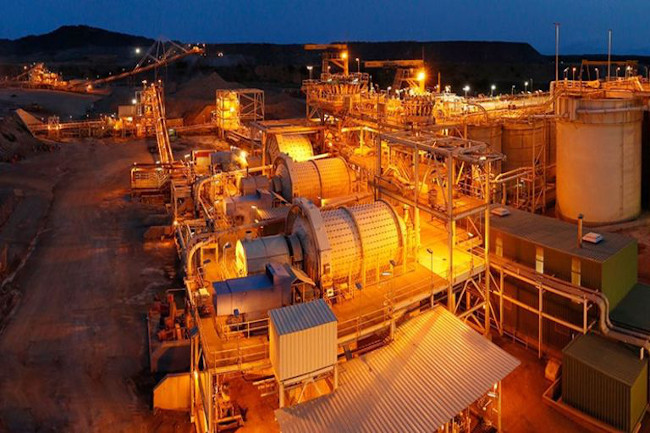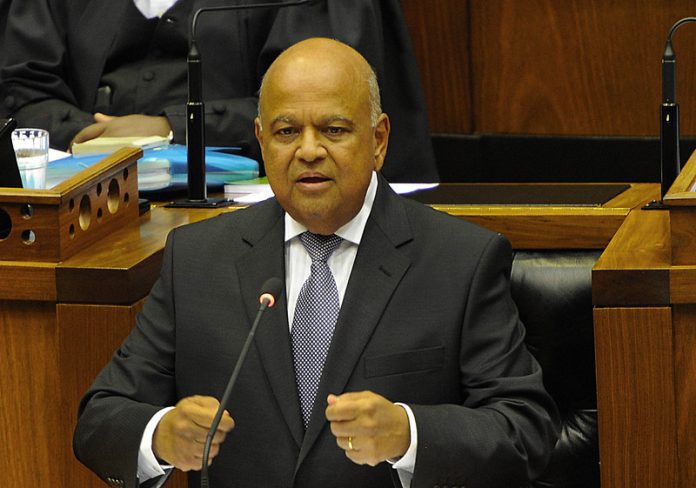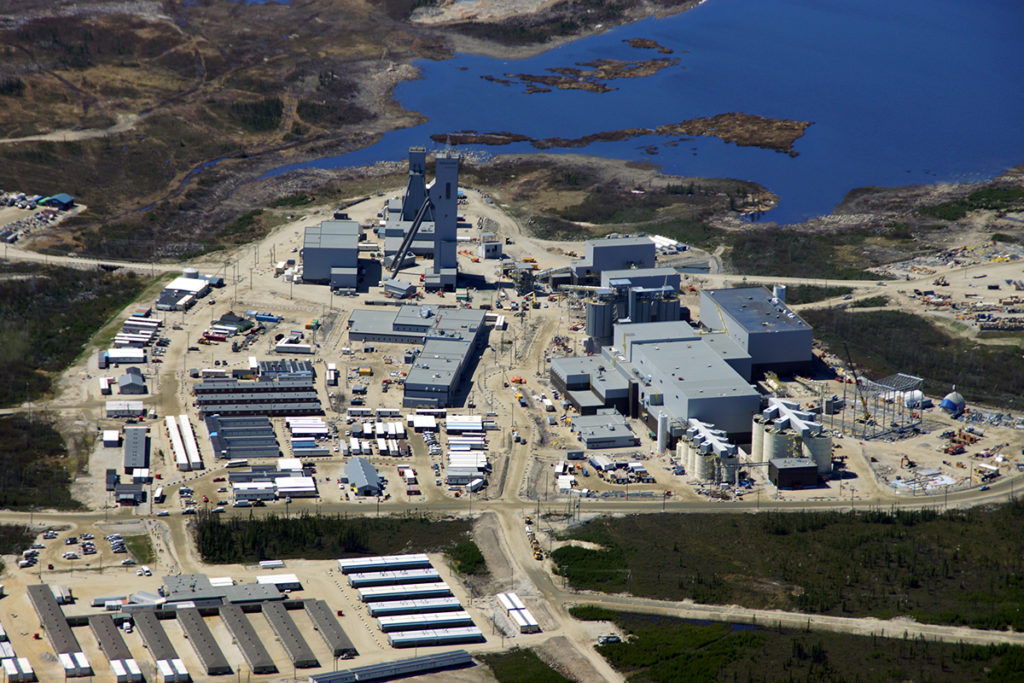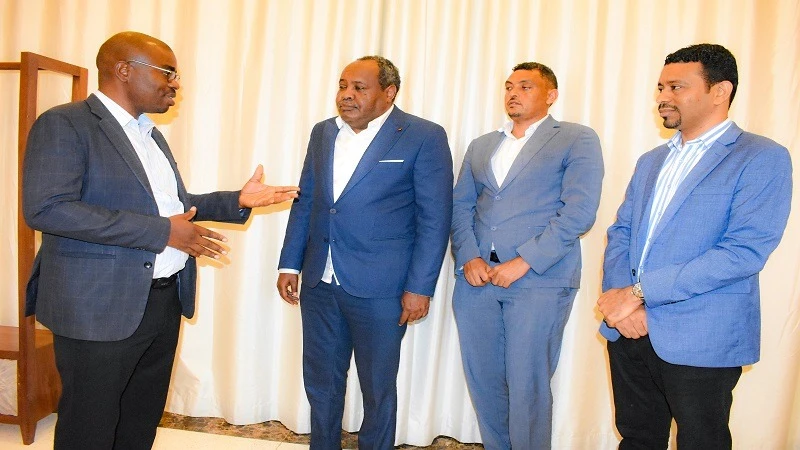Mining Other

Oman: Mining sector grows with 26 new licences

In a landmark year for Oman’s minerals sector, the Ministry of Energy and Minerals issued 26 new mining licences in 2024 and celebrated the start of commercial copper exports, marking a major step forward in the Sultanate’s efforts to diversify its economy under the Vision 2040 framework.
According to the Ministry’s annual report for 2024, the government granted 14 permanent mining licences and 12 exploration licences, with approvals spread across strategic governorates including Dhofar, Al Wusta, North Al Sharqiyah, Al Batinah, and Al Dhahirah. These licences covered a broad array of resources such as gypsum, limestone, chromite, copper, iron ore, marble, and various construction materials. The Ministry also renewed 10 mining licences and one exploration licence, helping ensure continuity for active operations while opening doors for new entrants to the market.
The year also saw major developments in copper mining, with two strategic projects beginning production and exports. In Al Khaboura, the Al Ghuzayn Copper Project entered commercial operation in 2024, with an initial investment of RO 43 million.
The project, developed by Mawarid Mining, aims to extract six million tonnes of copper ore over six and a half years. In addition to producing and exporting its first copper shipments, the company issued sales invoices and official export certificates, solidifying Oman’s re-entry into the global copper market. The project is also expected to generate 50 direct jobs for Omani nationals and allocate one per cent of its annual output to support local community development, in line with the provisions of Oman’s Mineral Wealth Law.
Meanwhile, in the Wilayat of Al Mudhaibi, the Wash-hi Copper Project achieved a significant milestone with the commencement of copper concentrate exports. The site holds an estimated 16 million tonnes of reserves and is capable of producing high-quality copper concentrate with a purity of 24 per cent. Officials hailed the development as a strong signal of growing investor confidence in Oman’s mineral resource potential, particularly in base metals.
Despite facing challenges linked to production reporting delays from several operators, Oman’s overall mineral output for 2024 remained substantial. Total mineral ore production stood at 67.7 million tonnes, down 14 per cent compared to the previous year.
Of this, 62.5 million tonnes were sold, generating revenues of RO 114.3 million. Exported volumes reached 35.9 million tonnes, with gypsum accounting for the largest share at 12.4 million tonnes, or 35 per cent of total exports. Limestone exports rose sharply by 49 per cent to 7.4 million tonnes, while the export of raw construction materials dropped by 39 per cent. Significantly, 2024 marked the first commercial copper exports from Oman, with 24,000 tonnes shipped to international markets.
In tandem with licensing efforts, the Ministry also concluded several long-term concession agreements during the year to facilitate industrial-scale mining development. Among the key signings were Area 22-D in North Al Sharqiyah, which was awarded to Al Tamman Indsil Ferrochrome Company; Area 51-K, granted to Naqa Salt Company; and Area 11-A, signed with Al Tasnim Gulf Potash. These agreements support Oman’s aim of attracting responsible investment in mineral development while fostering the downstream processing and value-added industries required to localise production chains.
By the end of 2024, ten companies were operating across 21 designated mining concession areas in the Sultanate. These blocks contain commercially viable reserves of copper, chrome, laterite, potash, dolomite, gypsum, limestone, nickel, and cobalt. The Ministry is continuing to promote digital transformation in the sector and has launched an online bidding platform to enable transparent access to mineral blocks and facilitate the evaluation of applications by potential investors.
In terms of human capital, the mining sector employed 3,942 workers during 2024, including 890 Omani nationals. This translates into an Omanisation rate of 23 per cent. The Ministry has signalled its intention to raise this figure by enhancing workforce development and supporting national capacity-building initiatives in mining engineering, geology, and environmental management.




